Affiliate links on Android Authority may earn us a commission. Learn more.
The Xiaomi Pad 5 rips off the iPad in all the right ways
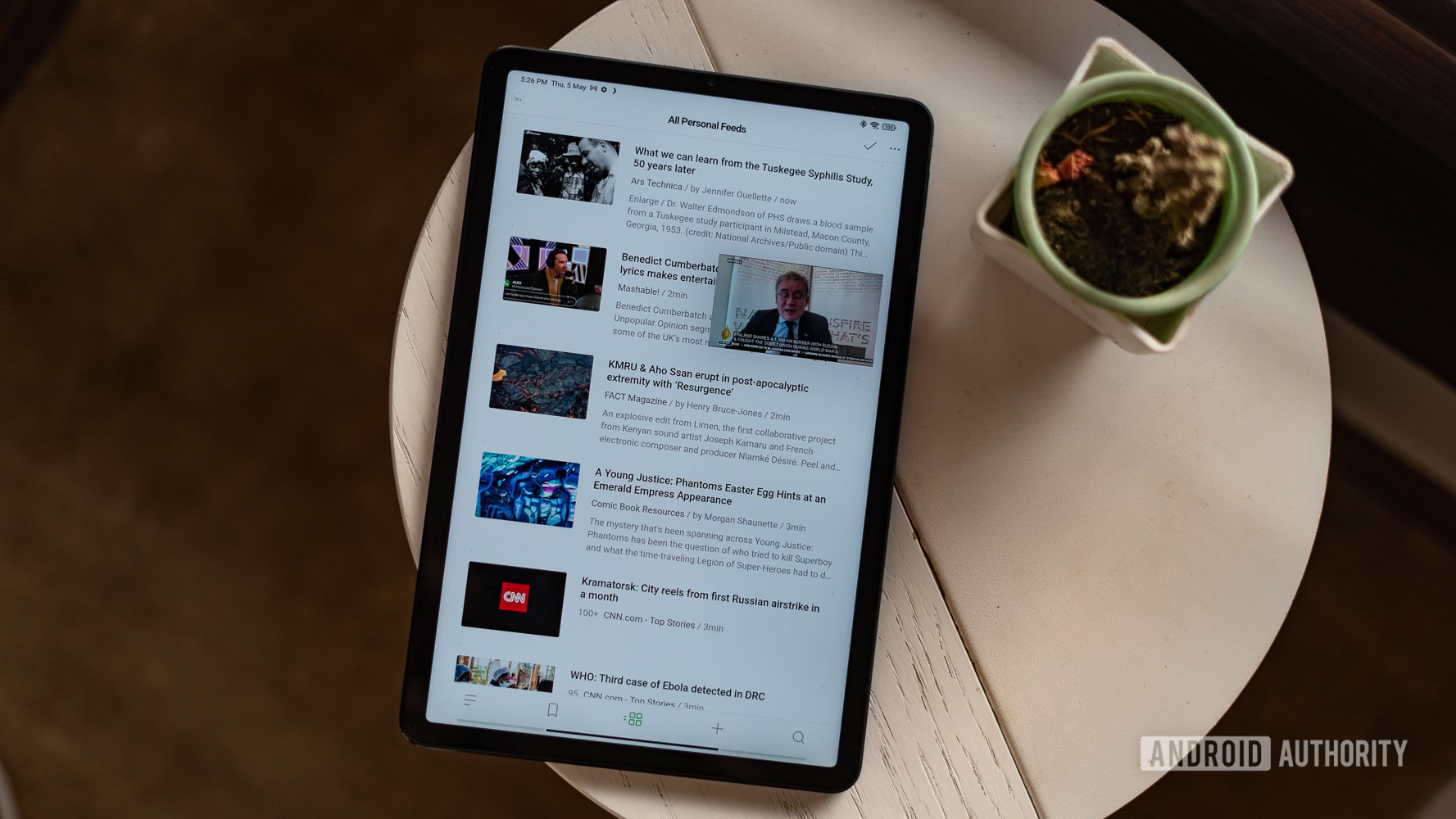
The Android tablet world is split into two camps. Ultra-affordable options are the norm, and while they lead in terms of sales, they’re really only good for watching movies and shows or reading-related tasks. On the other end of the spectrum are super-premium tablets like the Samsung Galaxy Tab S8 that give you a whole lot of hardware, but are held back by the limitations of limited tablet-optimized software. What’s been missing from the market is a solid mid-range option that competes with Apple’s entry-level tablet portfolio. Enter the Xiaomi Pad 5.
This isn’t Xiaomi’s first rodeo. The company’s first tablet endeavor shamelessly ripped off the iPad. The Xiaomi Pad 5, ironically, isn’t all that different from the iPad either. But you know what? I’m not complaining.
Hardware that screams value
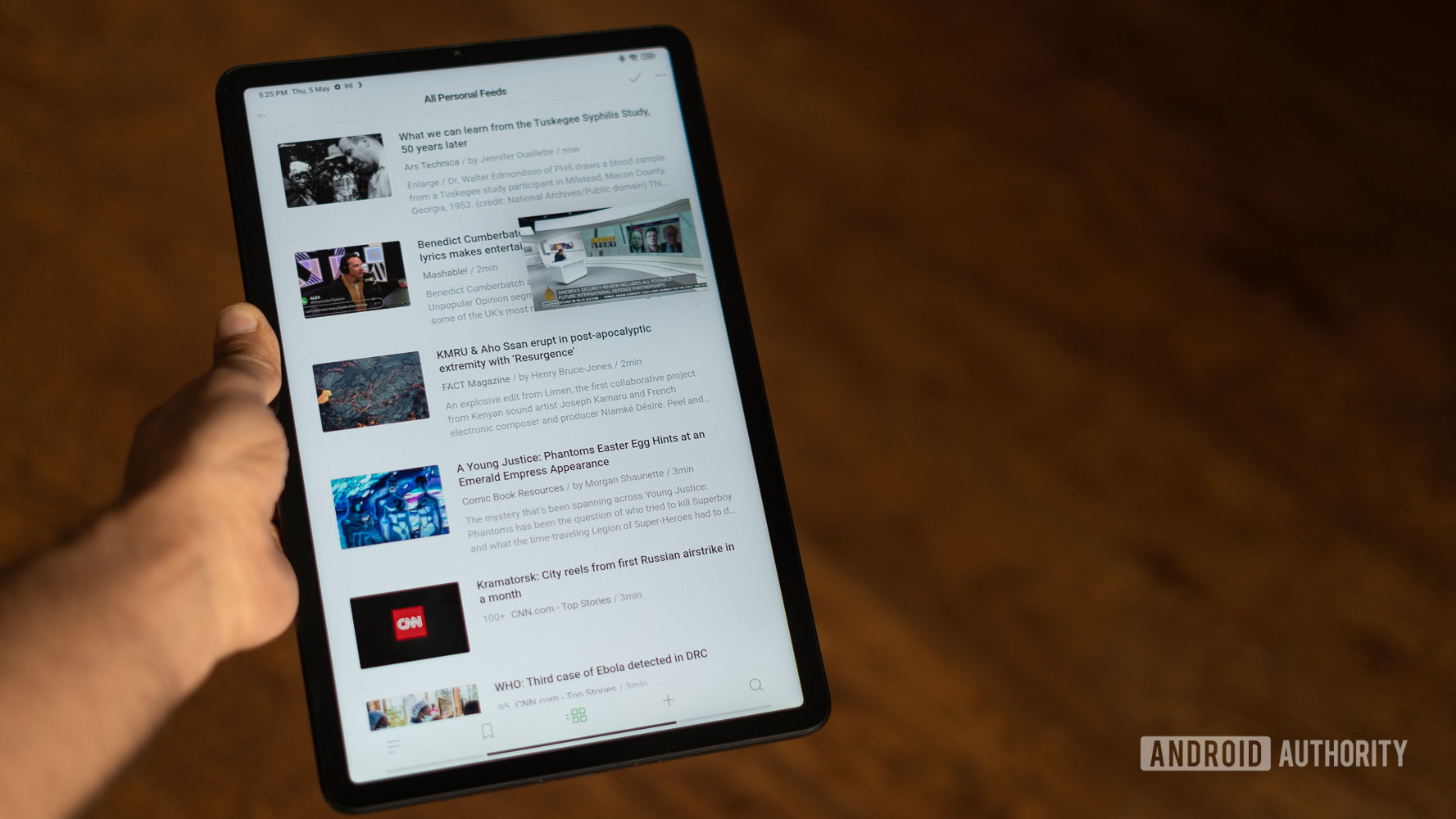
Xiaomi’s prowess at matching great hardware with a great price is well-known, but striking a good balance takes a mix of intuition and truly knowing your audience. To that end, the Xiaomi Pad 5 makes all the right moves with both its inclusions and omissions.
It all starts with the display. As I recently said when checking out the realme Pad Mini, a display is the cornerstone of any good tablet. In fact, it’s the raison d’être for buying a tablet in the first place. Xiaomi delivers the goods here, with an 11-inch display that has all the bells and whistles, including a 2K resolution, high brightness levels, and compatibility with standards like Dolby Vision. You even get a 120Hz refresh rate for that extra bit of smoothness, even if it doesn’t support variable refresh rates. There’s a lot here that you miss out on with the similarly priced entry-level iPad.
All those features make a tangible difference to the user experience. Watching Netflix is a treat, and text looks tack sharp. Playing games is enjoyable too, thanks to the punchy colors. I found the wider aspect ratio to be great for viewing video content, though, personally, I’m biased towards the taller aspect ratio of iPads for reading.
How did it take this long to crack such an obvious formula?
The Xiaomi Pad 5 closes the multimedia experience loop with quad speakers. The speakers go plenty loud and vocals cut through the mix with ease, but they’re not quite as crystal clear as those on the iPad. However, the tablet copies a neat little trick from the iPad that adds to the immersion. The speakers switch their orientation based on how you are holding the tablet, and I found the feature exceedingly handy to have while watching YouTube in a floating window and scrolling through Feedly alongside.
Finally, mid-range tablets all too often get saddled with ho-hum chipsets that simply lack the grunt needed to drive a fluid user experience. Not so on the Xiaomi Pad 5. It might not be absolutely cutting edge, but the decision to use a Snapdragon 860 chipset was the right one. The two-year-old processor is still more than capable of smooth everyday use and high-end gaming. Moreover, there’s enough headroom to ensure that the tablet will keep on going smoothly for years to come. While doing so, Xiaomi has also comfortably avoided the problem of driving up costs too high with the latest and greatest hardware. Honestly, I’m surprised it took any company this long to crack such an obvious formula.
Related: Your guide to the best tablets
The software experience sells it
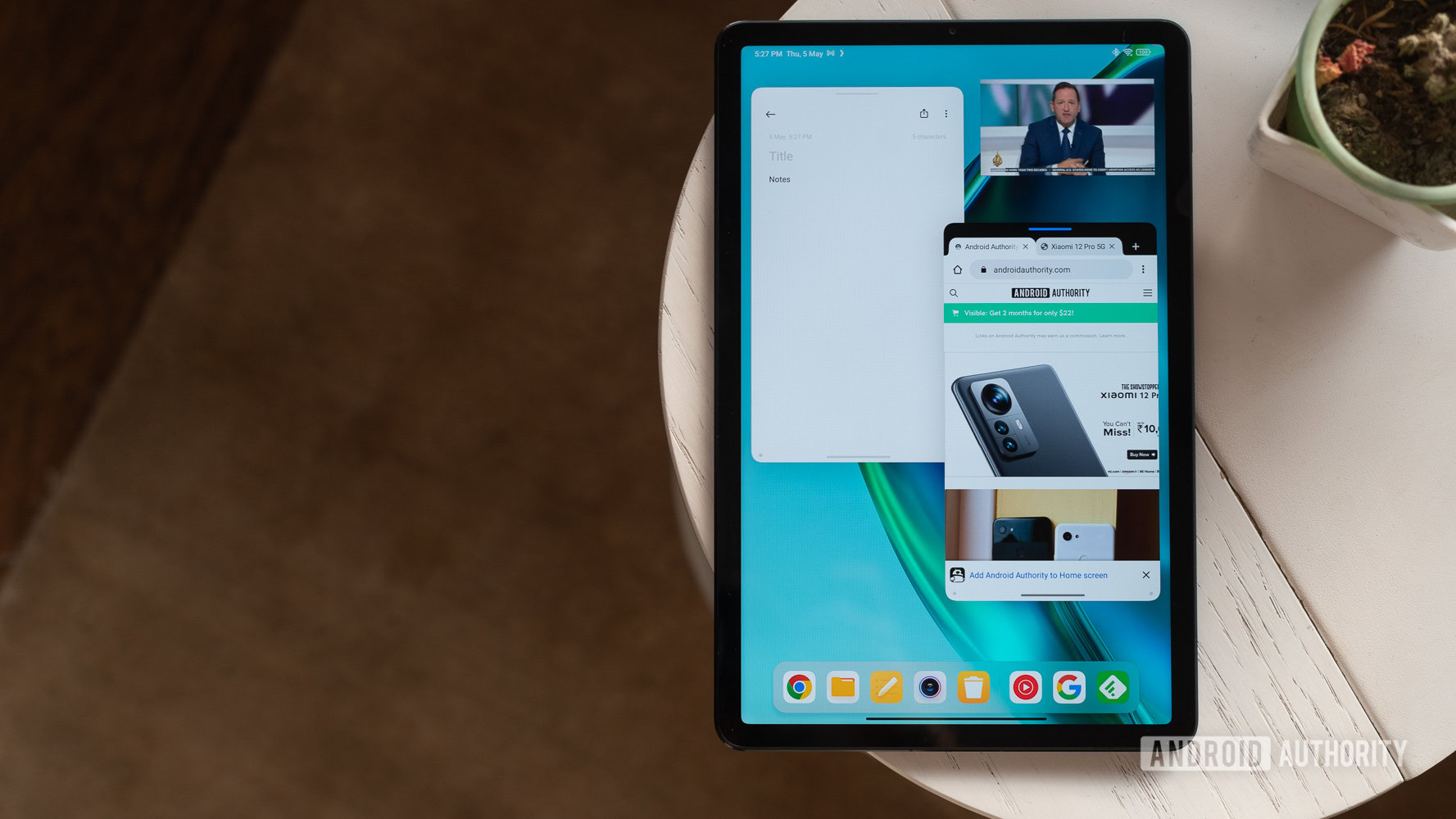
What makes the iPad truly special is the software experience, and Android fans have spent years trying to chase that balance of functionality, ease of use, and app ecosystem. While the last one is still rather problematic, Xiaomi has made strides toward fixing the first two problems by doing what it does best — being ahem “inspired” by Apple.
While MIUI has long prioritized a home screen-only interface, similar to the iPad, this time around, it picked up some neat tricks for the dock as well. For example, the dock always displays the last three apps that you’ve used over on the right. That’s a nifty little shortcut to jump between apps.
MIUI on the Xiaomi Pad 5 takes a lot of inspiration from iOS, but that's alright.
Like the iPad, tapping the split button for an app while in the multitasking menu lets you snap it to one side of the display. You can then adjust it freely to reflow across the width of the display. The Xiaomi Pad 5, however, doubles down on the productivity experience by letting you launch two additional floating apps by long pressing on the icon. I found it very productive to have floating windows for Spotify or YouTube in addition to dual apps loaded up.
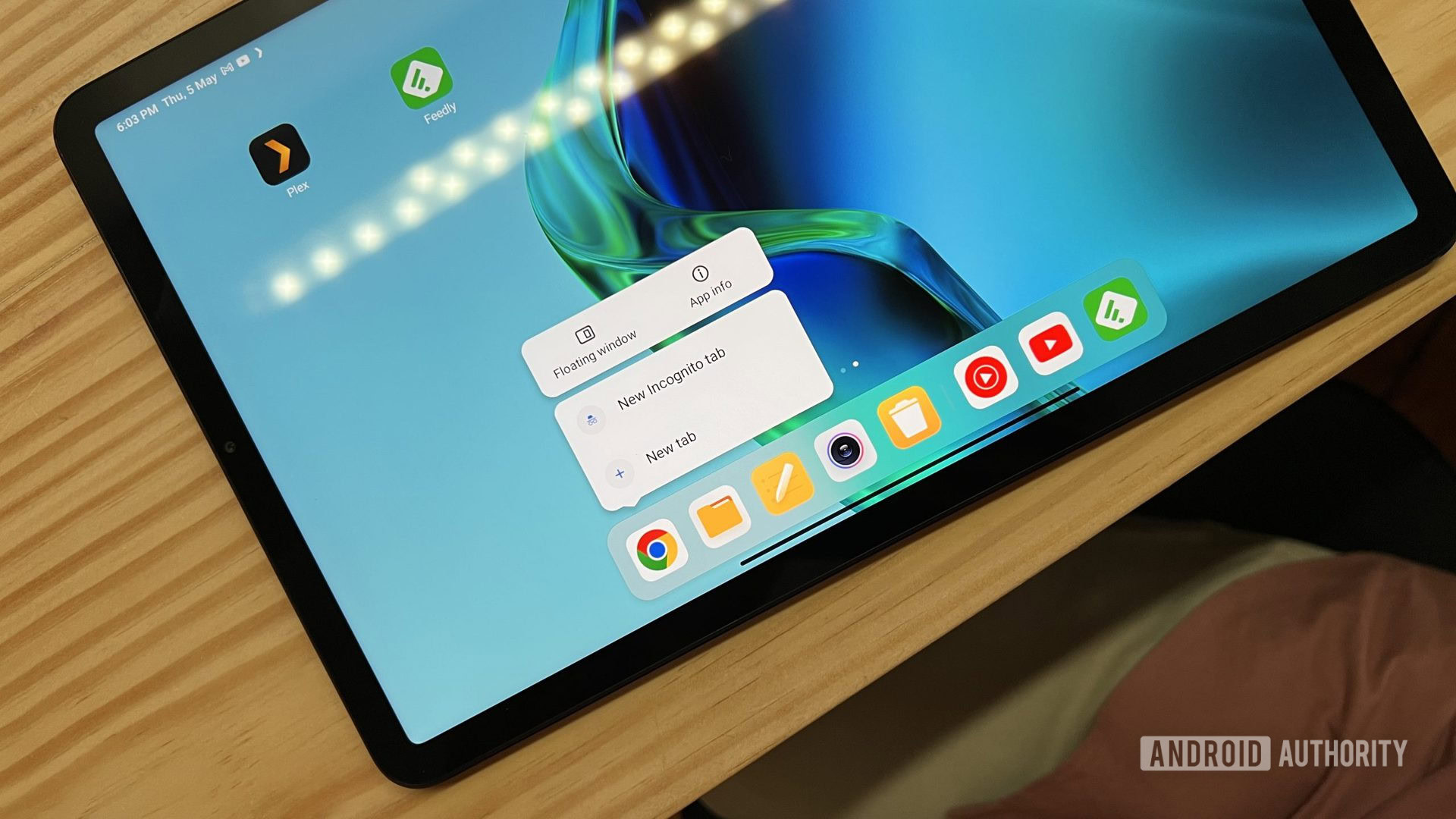
Xiaomi’s focus on optimizing every system app for a widescreen experience also stands out and shows care. I know it’s a low bar, but Android tablets have traditionally shown little regard for the end-user software experience, as we saw recently with realme’s tablets, and it goes a long way toward making the product better for the user.
The Notes app, for example, includes a full span view as well as deep integration for the stylus. A range of brush styles also adds to the experience and lets you use the tablet for more than just random doodling.
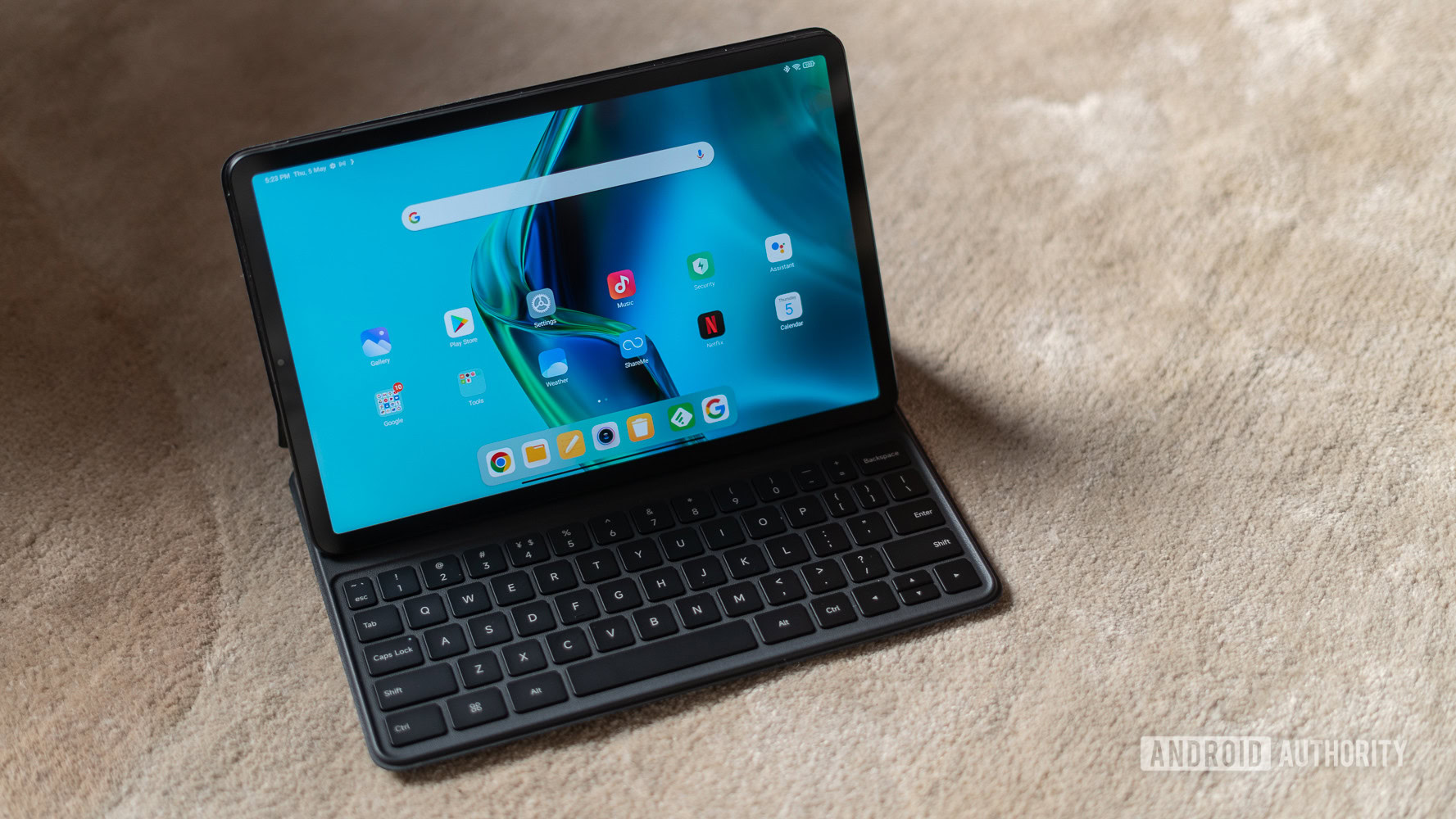
That same attention to detail extends to the optional keyboard and stylus as well. The folio-style keyboard comes across as a well-designed product, with key travel that extends beyond what you get on Apple’s folio keyboard. In fact, the experience isn’t that far from the excellent Magic Keyboard albeit vastly more affordable. I wrote a significant portion of this article on the Xiaomi Pad 5’s keyboard and quickly got used to touch typing. I particularly enjoyed the fact that the entire keyboard can be configured with shortcuts to launch specific apps.
The Xiaomi Pad 5's folio keyboard accessory offers excellent key travel and an array of quick access shortcuts.
Similarly, Xiaomi has copied the iPad’s side-mounted stylus setup. The stylus, however, includes two buttons, one of which doubles up as a shortcut for the notes app. The other key can be used to snag screenshots and annotate them as you wish. I found the latency to be close to, but not quite as good as the Apple Pencil. Nevertheless, the user experience is perfectly functional and that’s more than you can hope for at the price point Xiaomi is aiming at.
Xiaomi Pad 5: An inspired rip-off
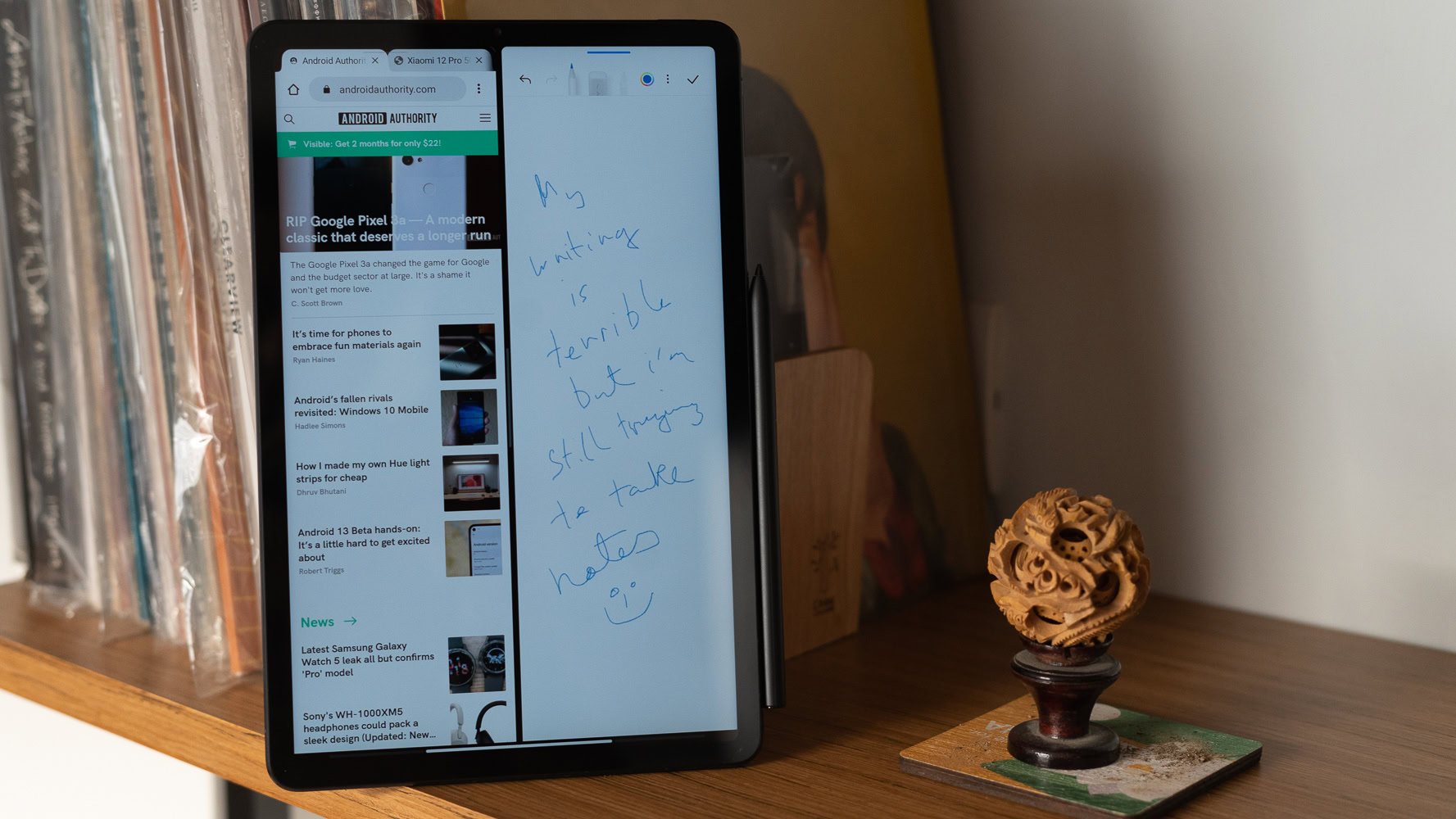
As I mentioned earlier, it’s a bit shocking that Android OEMs haven’t been able to bring the value smartphone model to the tablet segment to date. The combination of good-enough specs and great software optimization makes sense, and the Xiaomi Pad 5 nails the hardware proposition. Even more important is the fact that the software experience gives the Xiaomi Pad 5 a degree of cohesion, despite the inadequacies of tablet apps on the Google Play Store.

The biggest competitor for the Xiaomi Pad 5 comes in the form of the 10.2-inch Apple iPad ($329). While Apple’s budget tablet doesn’t have nearly as good a display or multimedia chops, it makes up for it with access to a robust app ecosystem.
On the Android side of things, the Samsung Tab A8 ($229) is one of the more obvious competitors. While the tablet compromises a bit on the performance side with its choice of a Unisoc processor, it compensates for it with an excellent screen, loudspeakers, and an all-around quality user experience.
The fact of the matter is that the Xiaomi Pad 5 is one of the best mid-range tablet options on the market, with little in the form of direct competition. Combined with the optional accessories, it makes for a rather good facsimile of the iPad experience, for a lot less money, and that’s perhaps the best we can wish for.